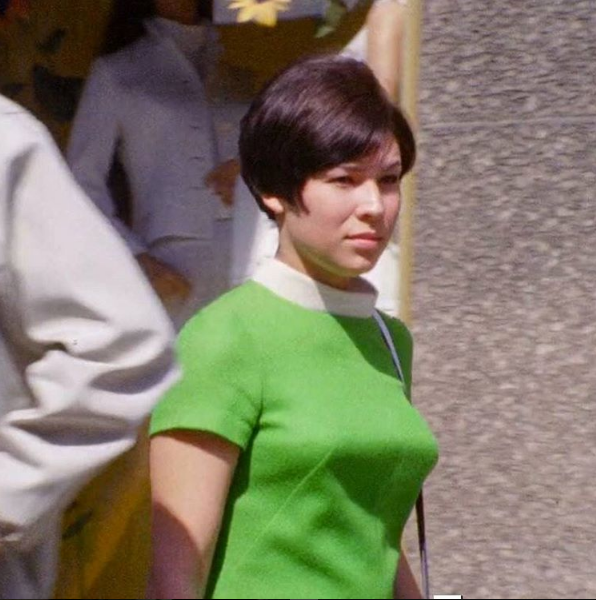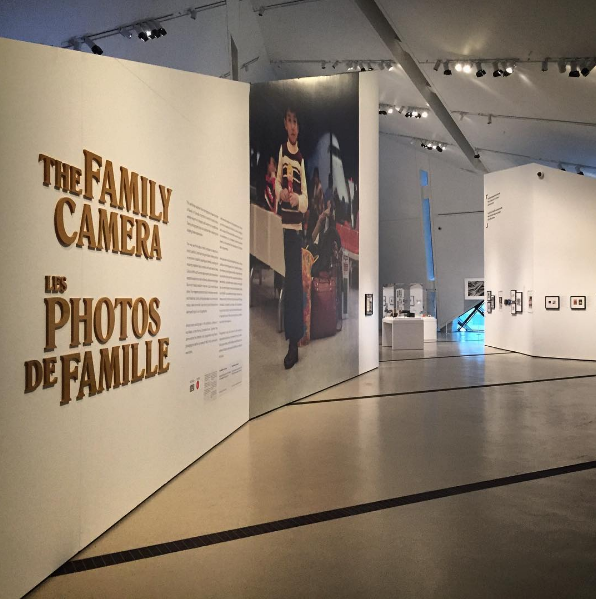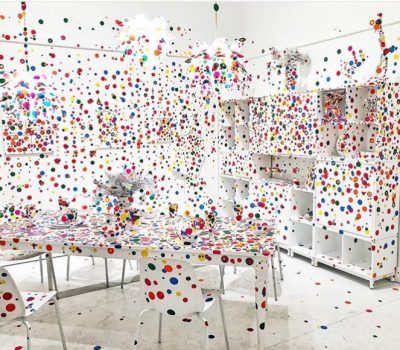Must-See Exhibits At The Scotiabank CONTACT Photography Festival
Each year, the Scotiabank CONTACT Photography Festival celebrates emerging photographic artists and curators. Recognizing our country’s 150th birthday, this year’s festival puts a spotlight on Canada through its exhibits, installations and events. It is the largest photography event in the world, and claims to boast over 1500 artists in 200 exhibits around the city and surrounding area. From black history in Canada to our nation’s relationship with nature, there are a number of unique works to check out. Read on for some of the festival’s must-see exhibits.

Photo: coco.monnet from Instagram
Souvenir, Ryerson Image Centre – On now until August 13th
Composed of stills from various indigenous films, this exhibit aims to deconstruct the cinematic stereotypes often associated with First Nations peoples. The artists sifted through seven decades of archival footage to create the exhibit. Collected from the National Film Board of Canada (NFB), the footage includes early ethnographic documentaries, the Direct Cinema Experimentation of the 1960s, and the relationship between the NFB and Indigenous filmmakers. Souvenir intends to address the complicated history of Canada’s First Nation’s peoples, while inspiring new perspectives through image-based practices.
Free Black North, Art Gallery of Ontario – On now until August 30th
In the 1800s, many black slaves fled the United States and found refuge in Canada. Free Black North features images of the descendants of these refugees. Taken from collections at Brock University and Archives of Ontario, these portraits and images highlight how black communities used photography as a tool to capture their complex histories. With the racialized environment of Canada in the mid 19th-century, racist images frequented print publications and advertisements. The exhibit aims to provide the opportunity to consider how photography gave black individuals agency and a presence in Canada.
It’s All Happening So Fast: A Counter-History of the Modern Canadian Environment, Art Museum at the University of Toronto – On now until July 15th
Over a span of major seven chapters, the exhibit is a case study that follows a number of modern projects that have transformed Canadian land, water and air over the past 50 years. It’s All Happening So Fast aims to challenge the basic assumptions about Canada’s relationship to nature. Some of the projects featured in the exhibit include the nickel smelting in Sudbury, industrial fishing on the Atlantic Coast, and clear-cutting of forests. This history of modern Canadian environment is depicted through stories of environmental disaster, activism and government regulation.

Photo: celio from Instagram
The Family Camera: Missing Chapters, Art Gallery of Mississauga – On now until August 27th
For many Canadians, family photos are a way to save the memories of vacations, weddings and birthdays. However, this exhibit challenges viewers to think about the complexity of family photos. These seemingly universal snapshots can capture a family’s heritage and history. From migration to Canada to the everyday moments, this exhibit looks at family photographs as a cultural practice. Featuring over 200 objects, The Family Camera is a collection of photographs and stories from The Family Camera Network, a public archive that collects these items for preservation.
Portraits and Collections, Textile Museum of Canada – On now until June 25th
This multidimensional project by Katherine Knight, documents a local Nova Scotian’s personal textile collection and examines the needlepoint craze that was popular across Canada 150 years ago. The 173 inventory of stitched decorative mottos is owned by collector Jane Webster, and Knight has worked to display them as they were originally hung – in thoughtful and often witty groupings. Since the exhibit is multidimensional, it includes a multimedia work that is a recording of girls and women’s voices reciting the mottos.



